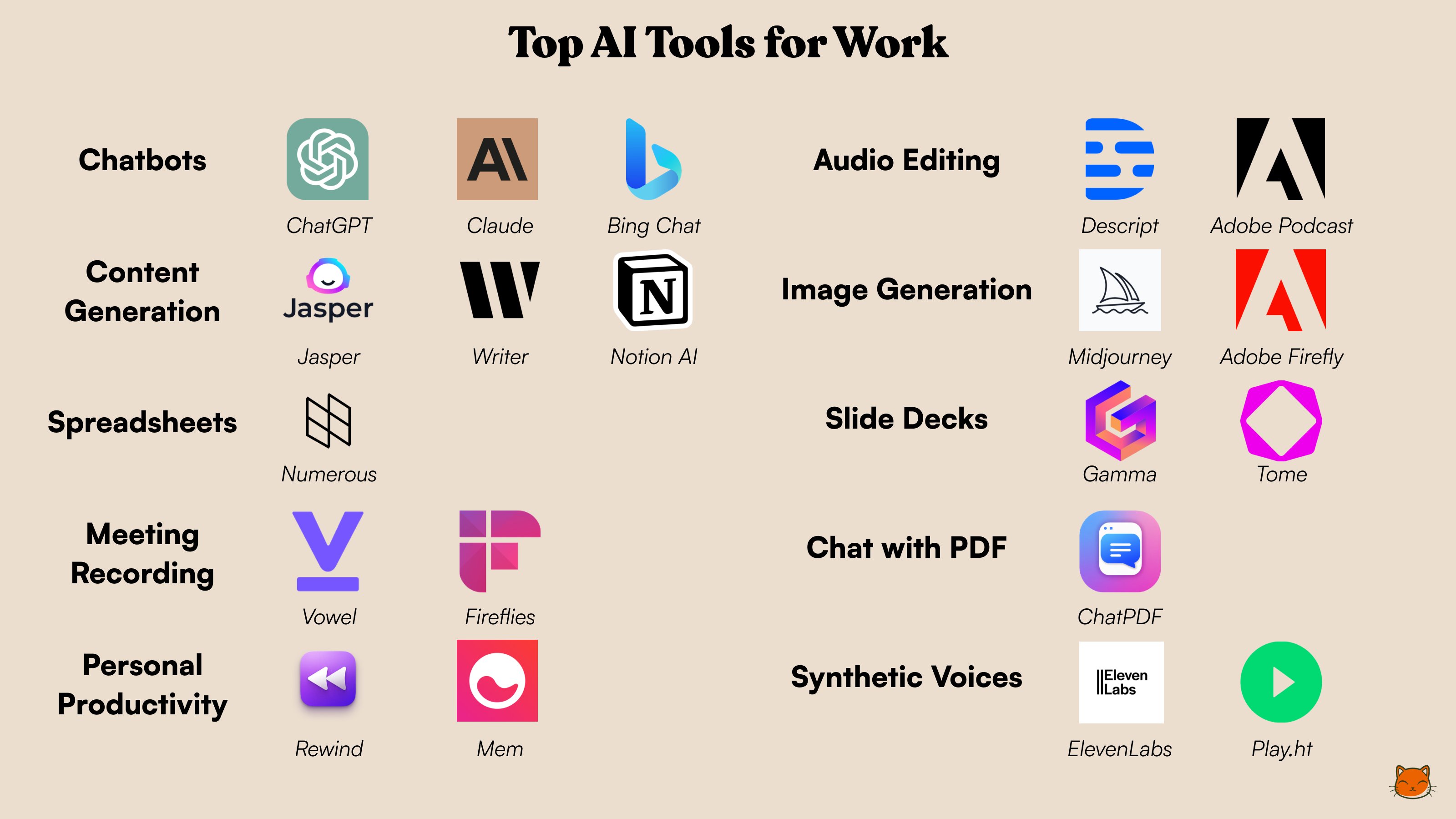Navigating the Challenges of AI-Generated Workslop
Explore the rise of AI-generated "workslop" and its impact on productivity, trust, and collaboration in the workplace. Learn strategies to combat this growing issue.

Background
In recent years, companies have been rapidly adopting artificial intelligence (AI) to streamline operations and gain a competitive edge. However, a growing concern has emerged: AI-generated "workslop." This term, coined by researchers from Stanford Social Media Lab and BetterUp Labs, refers to low-effort, AI-generated work content that lacks substance and appears polished but ultimately fails to advance tasks meaningfully. Workslop includes emails, reports, and other work materials that are heavy on style but light on substance, mirroring the phenomenon of "AI slop" seen on social media platforms.
Workslop is not just a minor inconvenience; it has significant implications for productivity, trust, and collaboration in the workplace. According to a study, 40% of workers have encountered workslop in the last month, with each instance costing an average of nearly two hours of their time. This trend is particularly prevalent in industries like tech, healthcare, and professional services.
Key Features of Workslop
Definition and Characteristics
- Low-Effort Content: Workslop is characterized by its ease of creation using AI tools. Employees can quickly produce polished output, such as well-formatted reports or emails, without much effort or thought.
- Lack of Substance: Despite its polished appearance, workslop often lacks the depth or actionable insights needed to meaningfully advance a task. It may include unhelpful, incomplete, or contextually irrelevant information.
- Confusion and Frustration: Recipients of workslop often experience confusion followed by frustration, as they struggle to interpret or correct the work.
Causes and Consequences
Causes
The rise of workslop is largely attributed to the increased accessibility of AI tools in the workplace. While some employees use AI to enhance their work, others exploit these tools to create passable but unhelpful content, shifting the burden of work from creators to recipients.
Consequences
- Productivity Loss: Workslop leads to wasted time, as recipients must decode, correct, or redo the work. This not only hampers individual productivity but also impacts team efficiency.
- Trust Erosion: The prevalence of workslop can erode trust among colleagues and managers, as it creates skepticism about the quality of work being produced.
- Collaboration Challenges: Workslop can hinder effective collaboration, as team members may spend more time clarifying or fixing AI-generated content rather than focusing on meaningful tasks.
Industry Impact
The impact of workslop is felt across various sectors, particularly in industries where AI adoption is high. Companies are facing a paradox: while AI use is increasing, many organizations are not seeing tangible benefits from these technologies. A report from the MIT Media Lab found that 95% of AI pilot programs fail to yield measurable cost savings or profit increases.
Examples and Sectors Affected
- Tech and Healthcare: These sectors are among the most affected by workslop. For instance, healthcare providers have reported receiving lengthy AI-generated reports from patients that lack medical underpinning.
- Professional Services: Consulting firms are also grappling with workslop, often in the form of overwrought slide decks.
Addressing the Issue
To mitigate the effects of workslop, organizations must establish clear guidelines and expectations around AI use. This includes:
- Training Employees: Educating workers on how to effectively use AI tools to enhance, rather than replace, thoughtful work.
- Implementing Quality Checks: Establishing processes to review and ensure the quality of AI-generated content before it is shared.
- Fostering a Culture of Transparency: Encouraging open communication about the use of AI in work processes to build trust and collaboration.
Context and Implications
Workslop highlights the need for a balanced approach to AI adoption. While AI can streamline processes and improve efficiency, it must be used thoughtfully to avoid creating unnecessary burdens on colleagues. The term "workslop" serves as a warning against the misuse of AI tools, emphasizing the importance of human judgment and critical thinking in the workplace.
As companies continue to integrate AI into their operations, understanding and addressing workslop will be crucial for maximizing the benefits of these technologies while minimizing their drawbacks. By acknowledging the challenges posed by workslop and implementing strategies to combat it, organizations can ensure that AI enhances productivity and collaboration rather than hindering it.
Future Directions
The future of AI in the workplace will likely involve a more nuanced approach to its integration. This includes not only technological advancements but also cultural shifts within organizations to prioritize meaningful work over mere efficiency. As AI continues to evolve, so too must our understanding of how it can be used effectively to enhance, rather than detract from, human productivity.
In conclusion, workslop is a pressing issue that requires immediate attention from both employees and leaders. By recognizing its causes and consequences, and by implementing strategies to mitigate its effects, organizations can ensure that AI is used to augment human capabilities rather than undermine them.



